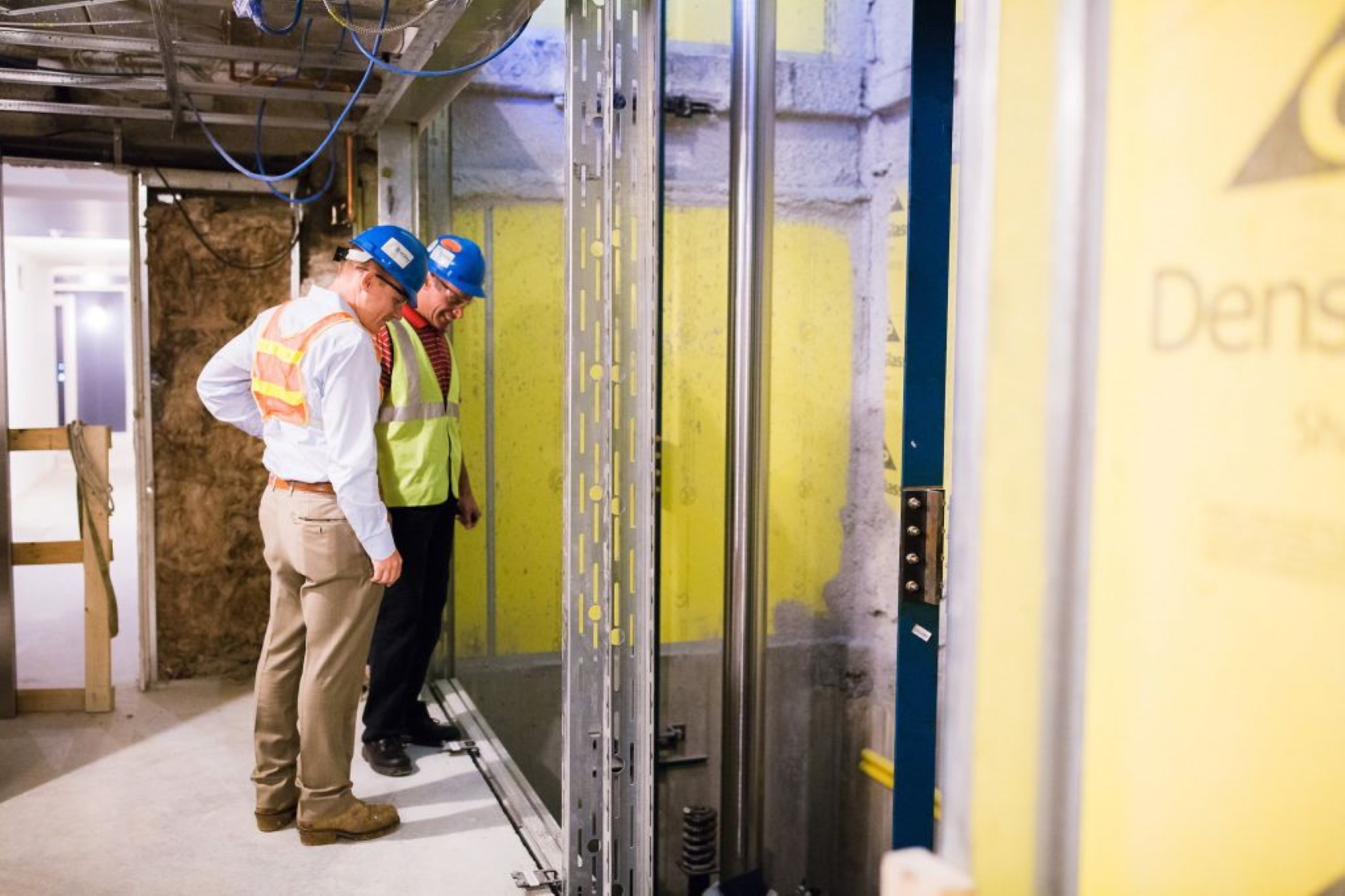Necessary Overview to Comprehending Handicapped System Lifts and Their Performance
Understanding the ins and outs of disabled platform raises goes beyond plain awareness; it calls for an extensive understanding of their functionality and style. From the various types readily available to the vital parts that make them operational, each element contributes to the seamless procedure of these essential access tools. The rigid security policies and maintenance considerations connected with system lifts are paramount in guaranteeing their integrity and durability. By exploring these elements thoroughly, one can acquire an extensive understanding of how these lifts not just enhance availability yet additionally prioritize user safety and benefit.
Types of Impaired System Lifts
There are numerous types of impaired platform lifts created to offer accessibility for individuals with mobility difficulties. Inclined system lifts, on the other hand, are ideal for locations where an upright lift may not be viable due to architectural restraints.
An additional type of disabled platform lift is the mobile lift, which provides versatility and comfort. Each kind of disabled platform lift serves a distinct objective in boosting access and improving the high quality of life for people with wheelchair difficulties.
Trick Components and Mechanisms
Impaired system lifts, such as vertical and inclined lifts, count on details key components and mechanisms to make sure smooth and secure transport for people with wheelchair obstacles. One crucial part of these lifts is the system itself, which works as the structure for carrying individuals - lift service companies. The platform is created to be strong, large enough to accommodate mobility devices or flexibility tools, and outfitted with security features such as guardrails and non-slip surface areas to stop mishaps throughout transportation

Additionally, security sensors and emergency situation stop buttons are integrated into handicapped system raises to boost user safety and protect against accidents. These components interact to develop a trusted and efficient transportation solution for individuals with movement disabilities.
Setup and Upkeep Considerations

Normal upkeep is equally important to maintain impaired system lifts running smoothly. By focusing on appropriate installation and persistent upkeep practices, the long life and performance of disabled lift modernization platform lifts can be taken full advantage of, benefiting both users and center supervisors.
Safety And Security Attributes and Laws
Making certain compliance with security regulations is paramount when examining the efficiency of security features in handicapped platform lifts. Safety and security functions generally discovered in disabled platform lifts include emergency situation stop switches, security obstacles, interlocks, and under-platform sensors. Interlocks guarantee that the lift doors are safely closed before the lift runs, boosting customer security.
Advantages of Using System Lifts
Conformity with security guidelines and the application of vital safety functions in disabled system lifts add to the overall advantages of utilizing these lifts for individuals with handicaps. Beyond safety, system lifts provide a range of benefits that improve ease of access and convenience. Overall, the comfort, self-reliance, and inclusivity helped with by platform raises significantly enhance the quality of life for people with disabilities, making them an invaluable accessibility remedy.

Conclusion
In conclusion, disabled system raises come in numerous kinds with crucial elements and systems that enable for risk-free and efficient operation. The benefits of using platform lifts include enhanced availability and self-reliance for individuals with disabilities.